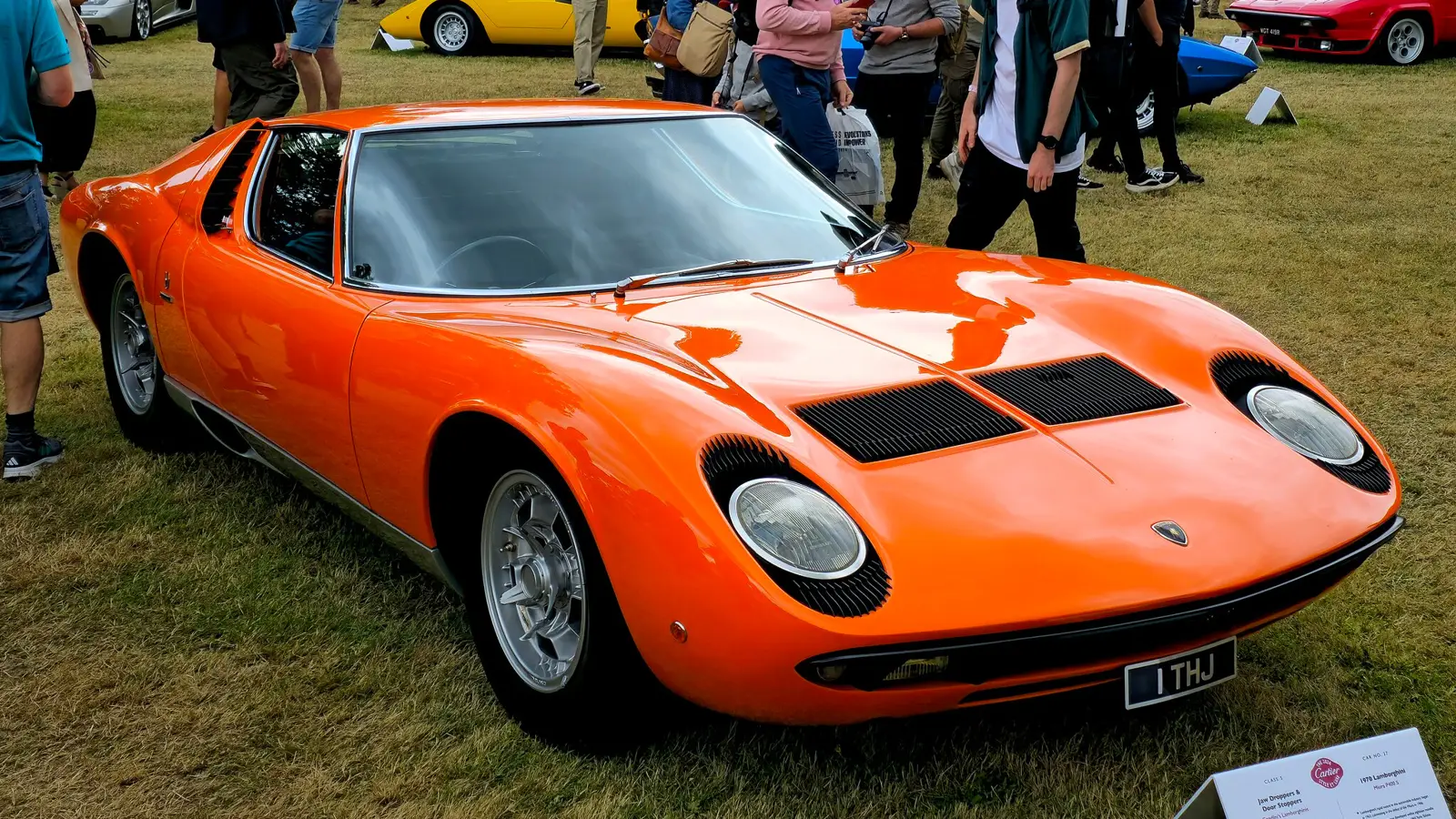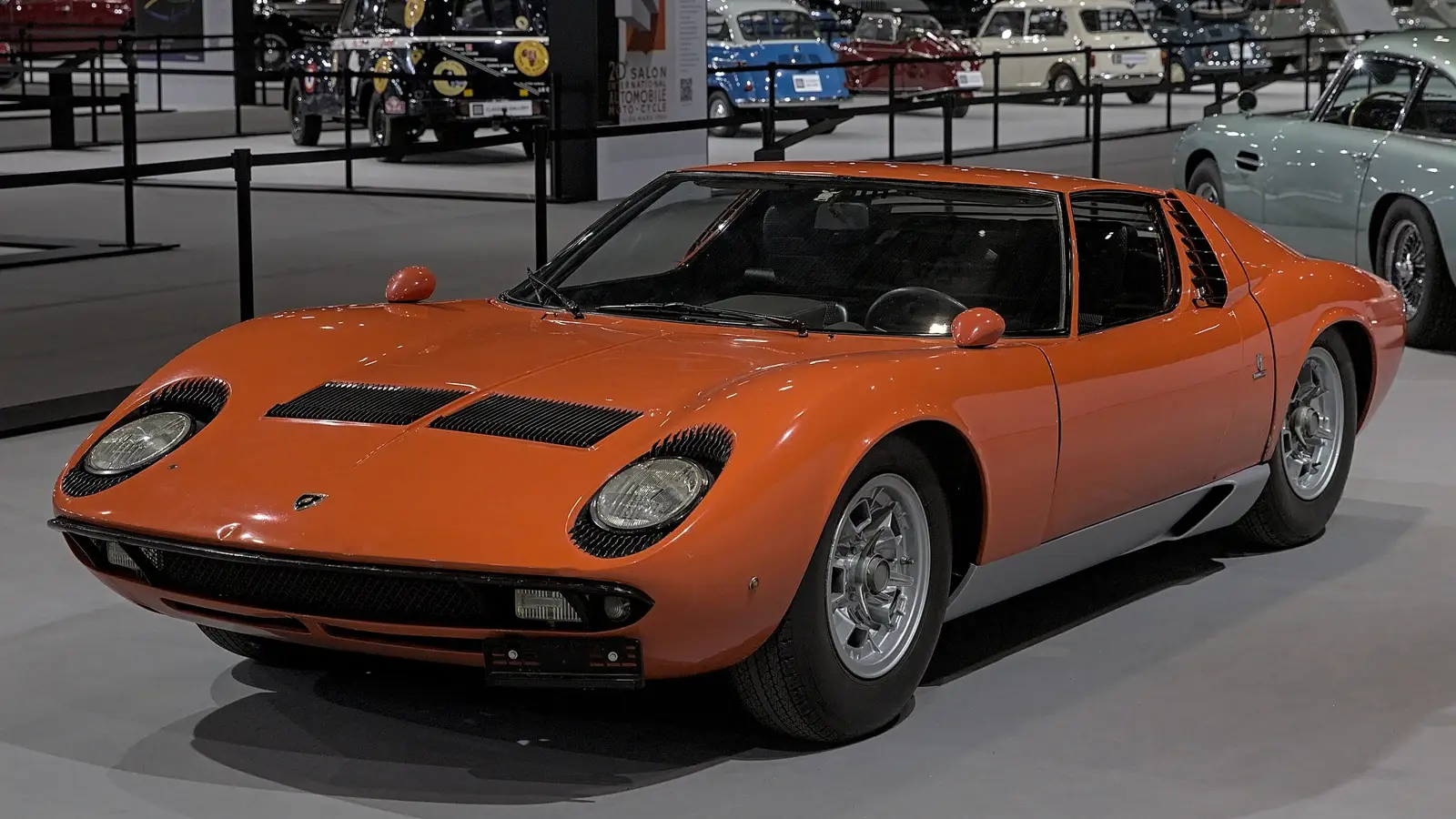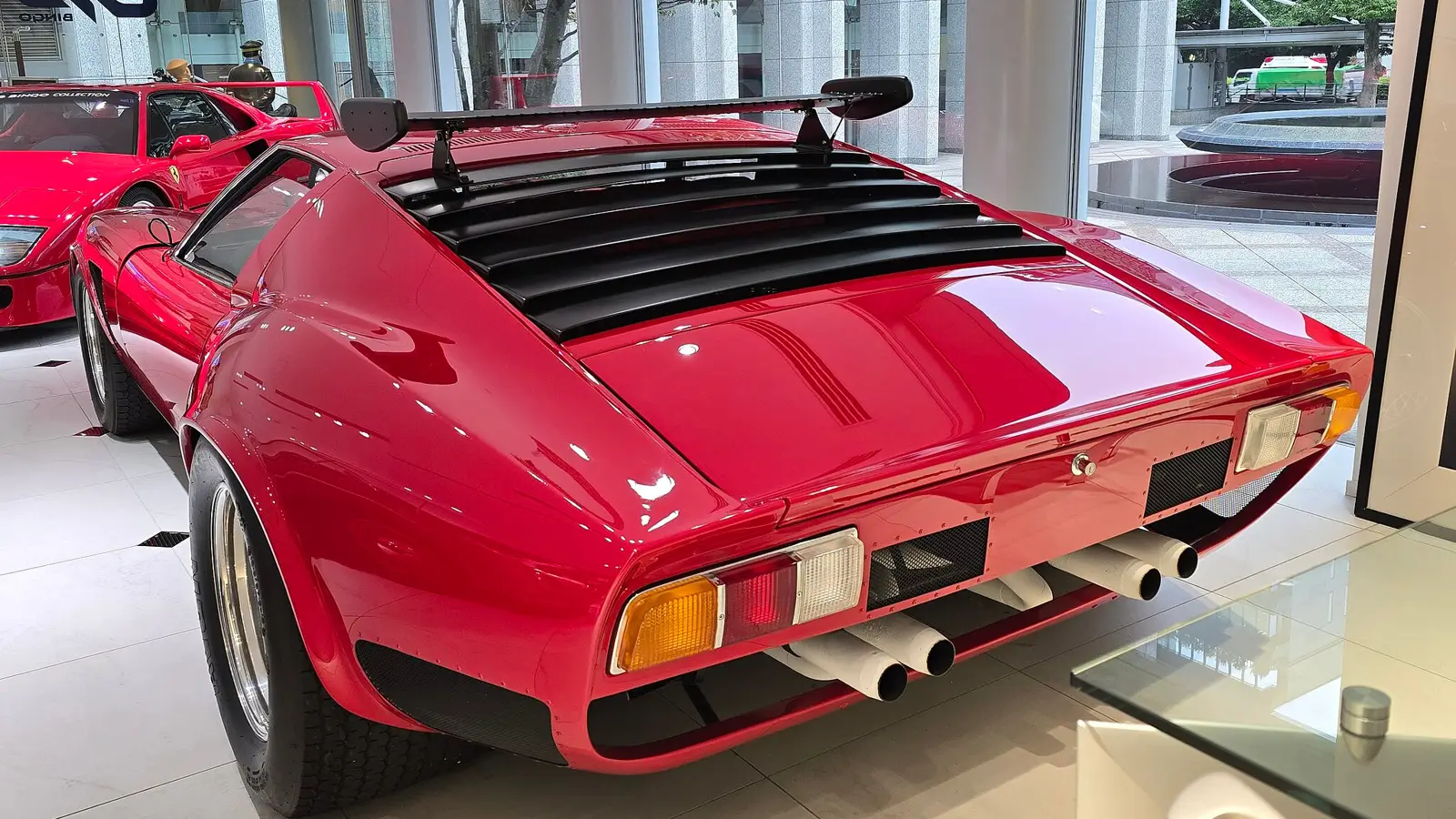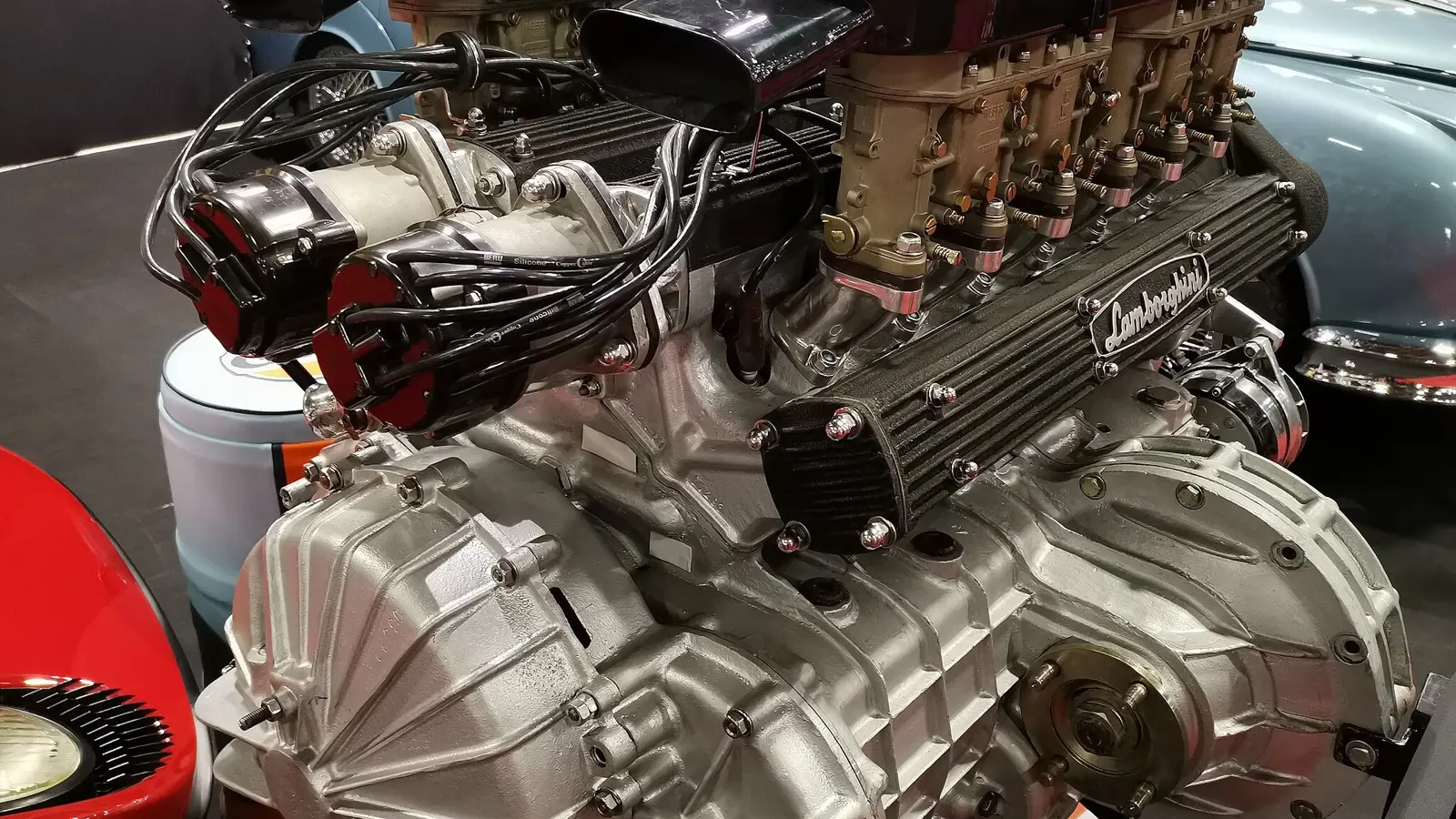Articles
Lamborghini Miura – The Supercar That Redefined Sports Cars

Discover how the Lamborghini Miura became the world’s first supercar, revolutionizing sports car design and performance. Explore its lasting legacy and impact.
In automotive history, few cars have shaped the industry quite like the Lamborghini Miura. More than just a symbol of its era, the Miura redefined what a sports car could be, setting the foundation for what we now call a "supercar."
A Vision of Boldness

The Miura was not born from the mind of Ferruccio Lamborghini himself, but from the ambition of engineers Giampaolo Dallara and Paolo Stanzani. In the mid-1960s, they set out to create a car that would surpass Ferrari. Their radical concept of a mid-engine layout was initially met with skepticism by Lamborghini, who doubted the commercial potential of such a bold sports car. Yet the idea proved unstoppable, and in 1966, the Miura P400 made its debut at the Geneva Motor Show.
Design Ahead of Its Time

The Miura’s design was a collaboration with Carrozzeria Bertone, shaped by the talented Marcello Gandini. Its elegant, flowing lines, signature "eyelash" headlight surrounds, and low-slung stance captivated the public instantly.
But Miura's beauty was more than skin deep. It was the first road car to adopt a transverse mid-engine layout, with a 350-horsepower V12 placed directly behind the seats. This setup transformed handling and balance, setting a new benchmark for sports cars.
Technical Revolution

At the heart of the Miura was a 4.0-liter V12 engine. The base P400 delivered 350 hp, while the later P400S and P400SV versions pushed output up to 385 hp. It reached a top speed of 280 km/h (174 mph) and accelerated from 0 to 100 km/h (62 mph) in just 6.7 seconds.
These figures made the Miura not only a technological marvel of its time but also the template for the supercar formula that followed.
Industry Impact and Enduring Legacy

The Miura was the first car ever to be called a "supercar"—and rightly so. It was not just fast and beautiful but embodied a new philosophy: combining power, luxury, and cutting-edge engineering into one stunning machine.
The Miura’s success forced competitors to rethink their own designs. The mid-engine layout it pioneered soon became the gold standard for Ferrari, Porsche, and other sports car makers.
Cultural icons like Frank Sinatra and Miles Davis counted themselves among the Miura’s owners, adding to its legendary status. Its appearances in films further cemented its place in popular culture.
Today, the Lamborghini Miura stands as a timeless icon—a car that not only defined the supercar genre but continues to inspire automotive design and engineering. Its blend of style, speed, and fearless innovation ensures its legacy endures in the heart of every car enthusiast.
2025, Mar 21 21:55


